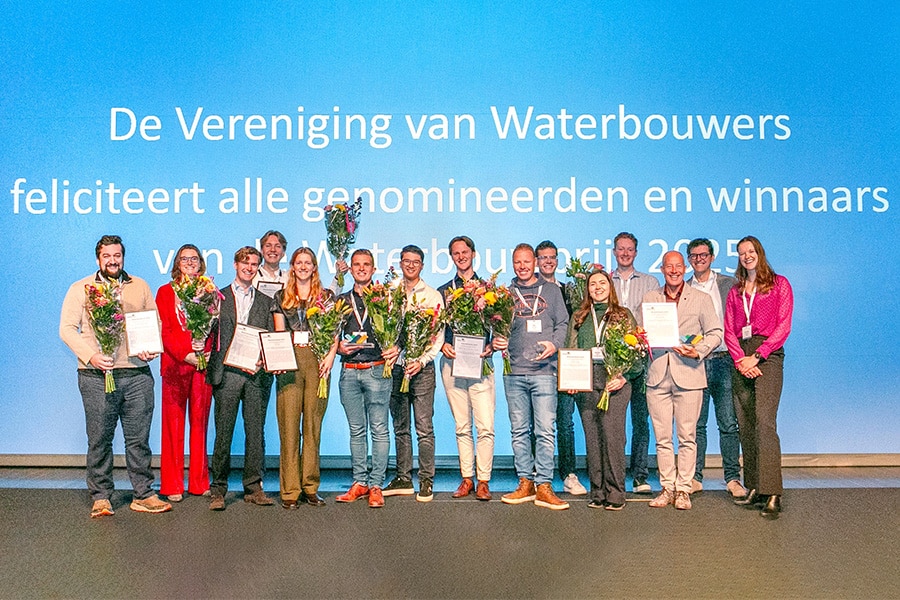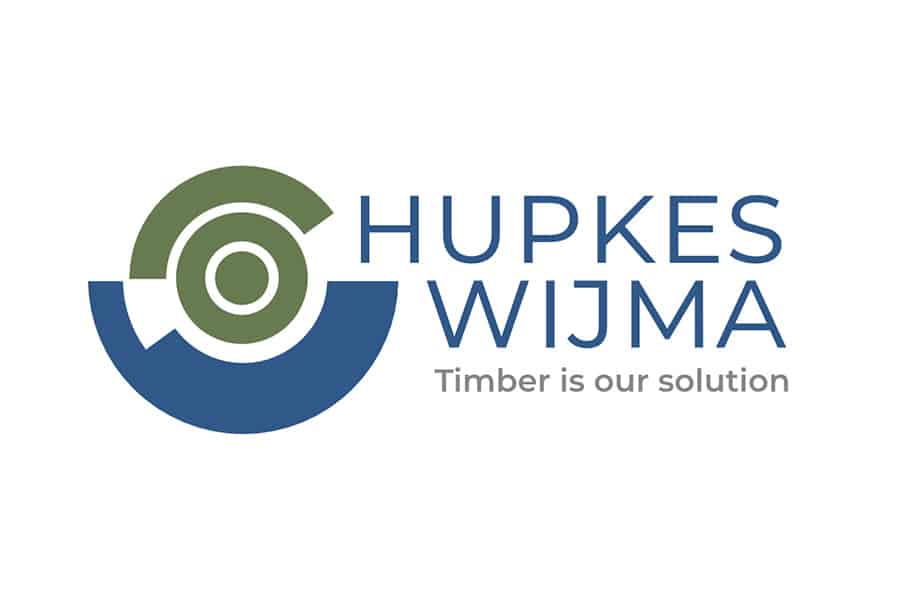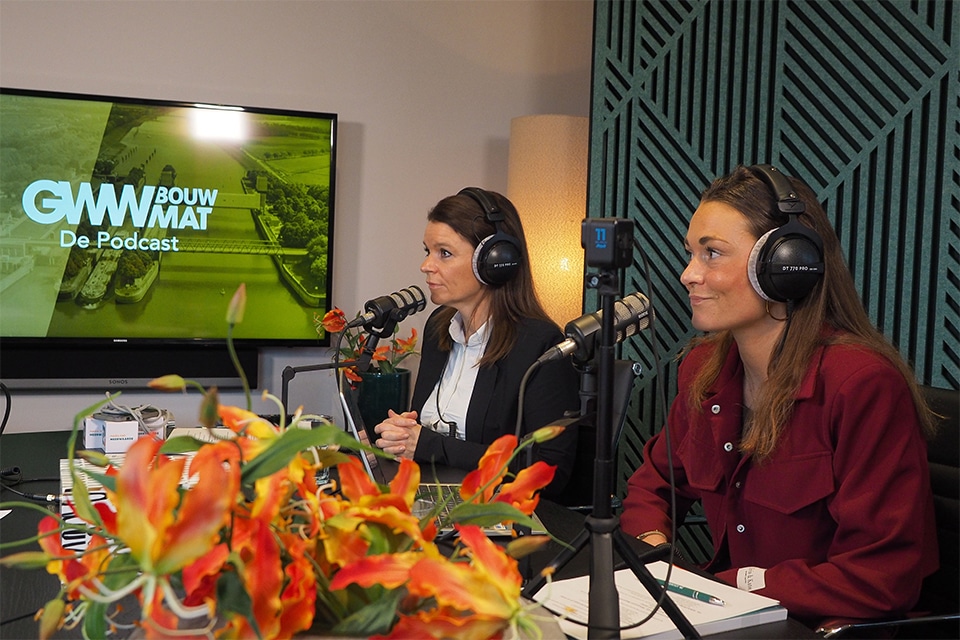
3D concrete printing has come of age. From paper to practice in Eindhoven
Fed a 3D file encoding the object to be printed, the robot prints a concrete object from scratch with painful precision. May we credit the concrete sector with membership in the manufacturing industry? Yes, 100%. The epicenter of this futuristic construction method: Eindhoven.

Owner of the concrete printing plant is Saint Gobain Weber Beamix, for whom the 3D concrete printing adventure only really gained momentum when it joined TU Eindhoven's 3D Concrete Printing research program as an industrial partner.We spoke with Marco Vonk, marketing manager, Peter Paul Cornelissen, international 3D project manager and Gian Sterken, 3D sales project manager.

Disruptive technology
The ancient Egyptians, Babylonians, Phoenicians, Greeks and Romans already knew the benefits of using (unreinforced) concrete. Since then, concrete has evolved in its composition and processing, but no development is so far from its origins, as 3D printing. So we are talking about a disruptive technology that, as with any disruption, can only come about through innovation drive, out of the box thinking, drive and early adopters. Fact: the functions of the gentlemen from Saint Gobain Weber Beamix did not exist 5 years ago. 3D concrete printing, thanks to the efforts in Eindhoven, has come of age, is fully deployable and now has some strong achievements.

"With this technology, different conditions have to be met than usual," Peter Paul opens the conversation. "That already starts with the way a 3D model has to be built and that ends with the composition of the concrete mixture. We are talking about two concrete streams; on the one hand fast-curing concrete, consisting of two components, on the other hand liquid concrete that after extrusion forms its own skin with bearing capacity. The latter is crucial, because the robot builds up the printwork in layers and the weight of the upper layers must not affect the lower layers. At the same time, the layers must flow together to form a monolithic whole that can be computed with. So the print material must be optimized to have load-bearing and shape-retaining properties. We are now working with the 5th generation mortar developed by Weber Beamix R&D, with success. The balance can be called optimal."

Direct printing or formwork printing
The possibilities of 3D concrete printing are endless. What about reinforcement, we ask. Gian answers, "There are several options for that. We can carry rebar in the mortar, reinforcement fibers can be added to the mortar, or, if we 3D print concrete formwork, steel pins can be manually added to the printed formwork." Added Peter Paul: "However, because of the different way of working, sometimes traditional reinforcement is not necessary. A good example of this is provided by the bridges we have now printed, where 3D engineering has ensured that the final product possesses a certain pre-stress."

The world may be conquered
"We are now coming out of the stage where everyone is standing around with open mouths watching and then walking on in amazement. It is well developed, it works and it can be deployed. A great example is a trade show in Las Vegas where we were standing with a fully working robot, printing concrete live. The visitor statistics showed that we had more visitors than Elon Musk with his hyperloop. If we now look at the practice, we see that the more open-minded clients immediately see the benefit of 3D concrete printing and are also proud to award contracts. The end results speak for themselves, I am talking for example about the printed bridges at Nijmegen and Gemert and, also a feat, the 3D printed Milestone House. So the world may be conquered."
Peter Paul: "The Milestone House in particular shows that other design language is possible. That means that designers again have new, unprecedented creative options at their disposal. It also means a switch to working differently with your familiar 3D software. For 3D concrete printing to become commonplace, it is of the utmost importance that we continue to share our knowledge about it so that everyone can get used to it." There is also collaboration in the consortium when it comes to sharing knowledge. Marco explains: "From the opening of the factory we have invited people, the TUe is doing everything possible to spread the word and we now have ambassadors who are taking no opportunity to promote it."
There is still much to learn
"The reality is that I get delivered traditional 3D designs, which I convert to 3D printable designs. We see if we can get the technology to fit, while I do point out what should have been done differently. The designer in question learns from that in turn." The learning process doesn't stop with work preparation and print work itself. Peter Paul: "It's about understanding the whole process.
There is a clear before-and-after process. In fact, 3D concrete printing also provides social and economic benefits. You consume less material, there is less heavy transportation required, there is less environmental pollution and you work a lot faster."
'You just have to dare'
Do the gentlemen consider themselves pioneers? Marco is clear: "Absolutely not. If you had asked that question in 1999, you probably would have. For as long as there has been research into 3D concrete printing. Besides the mechanical and electronic developments, which today bring more possibilities than ever before, the focus was and is on the mortar. The mortar is special, our factory is special. We talk about 'design by testing'." Peter Paul adds: "Our material has been studied by the university and several institutes. We monitor the quality from dry mortar to silo, from silo to nozzle, from printed product to the performance of the robot. The whole process is monitored and this data is an integral part of our quality control, which gives confidence. For several projects this has been validated by the TUe, among others, also the loading of the product."
Thanks to the partnership with TUe and the ever-growing list of successful practical projects, considerable weight is being thrown around. Marco: "It is now up to us to make the applicability and reliability better known, so that more and more professionals in construction can see with their own eyes that 3D printing of concrete has become a mature technique. A technique that is also economically applicable, sustainable, flexible and reliable. What we need are even more clients who think in the possibilities and will experience the added value of 3D printing with us."




